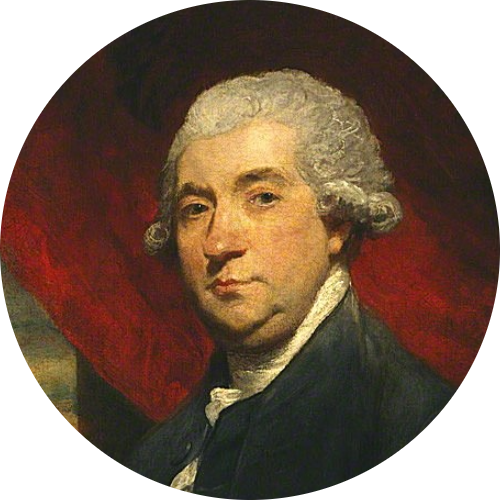Died March 10, 1963
Professor of English Litterature at Yale, and one of the world's leading Boswell scholars prior to Pottle, who was a student of his. Tinker was the first Boswell researcher to visit Malahide Castle (July 1925) and see some of the Boswell papers, that were later bought by Ralph Isham.
Chauncey Tinker was born in Auburn, Maine, the USA on October 22, 1876, the son of clergyman Anson Phelps Tinker, and Martha White. Chauncey was probably named after a friend of his father called Chauncey Bunce Brewster - Anson and Chauncey Bunce were both members of the Skull and Bones fraternity at Yale (according to a web source which is apparently no longer available).
Chauncey B. Tinker graduated from East Denver High School in June 1895 and was admitted to Yale that same year. He became a BA in 1899, MA in 1900 and finally got his PhD in 1902. Instructor at Yale (1903-1908), Associate Professor, Yale (1908-1913), Professor of English Litterature, Yale (1913-1945), Keeper of Rare Books at Yale University Library (1931-) and Chancellor of the American Academy of Arts and Letters (1949-1951). He died on March 10th, 1963 and is buried at Grove Street Cemetary, New Haven.
As a young instructor at Yale, Tinker "inherited" an undergraduate course called "Dr. Johnson and His Circle" from Charles G. Osgood (then an instructor), renaming it "The Age of Johnson". According to Pottle he made the course "one of the most esteemed in the undergraduate English curriculum", and "[h]is lectures and essays fired dozens of men, in Yale and outside it, with the passion for book-collecting; and his course in the graduate school produced a long succession of eighteenth-century scholars". (Pride and Negligence, p. 73)
Tinker published two major Boswellian works before the Boswell papers at Malahide and Fettercairn surfaced. In 1922 came his excellent biography Young Boswell, and in 1924 he published the two-volume work Letters of James Boswell, containing more than 100 letters which had never before been published. Significantly, none of these came from Boswell's heirs, and the survival of the greater part of the Boswell papers only became known to Tinker about a year after the publication of his Letters.
After having purchased the first lot of manuscripts from Lord Talbot at Malahide Castle, Ralph Isham showed these to Tinker after a chance meeting in a London bookshop (chance meetings in bookshops seems somewhat more frequent in matters relating to Boswell than is otherwise the case) in September 1927. Isham wanted Tinker to become the editor of his planned publication of the papers. Again according to Pottle "Tinker pored over piece after piece, his brow growing steadily blacker and his gestures more agitated. He said little, and finally made a gloomy exit. Isham and his wife accompanied him to the elevator. Just as the door was closing, Tinker shook his fist and shouted in a tone of ferocious jocularity, "She was my mistress, Ralph, but you bought her with your money!". (Pride and Negligence, p. 89)
Following these events, Tinker seems to have switched his focus to other areas of 18th-century literary history, and lived out his life as a much-respected professor of English literature rather than a specialized Boswellian scholar, although Boswell naturally came up frequently both in his lectures and writings after this time.
In his 1948 essay collection Dionysos in Doubt: Collected Articles and Addresses (1948), Tinker describes Boswell as having "remained an inveterate journalist to the end and, no doubt, presented himself at the gate of Heaven, notebook in hand" (p. 16). Apart from this small quote, Dionysos is not about Boswell, but about as diverse subjects as Samuel Johnson, the Brontë sisters, Shelley, A. E. Housman, Trollope and ancestor worship.
Apart from the two books about Boswell, and Dionysos, Tinker also wrote books such as Select Translations of Old English Poetry (1902, with Albert S. Cook), The Salon and English Letters: Chapters on the Interrelations of Literature and Society in the Age of Johnson (1915), Nature's Simple Plan: A Phase of Radical Thought in the Mid-Eighteenth Century (1922), The Wedgwood Medallion of Samuel Johnson -A Study in Iconography (1926), The Good Estate of Poetry (1929) and Painter and Poet - Studies in the Literary Relations of English Painting (1938).
Several of these are available from AbeBooks.
